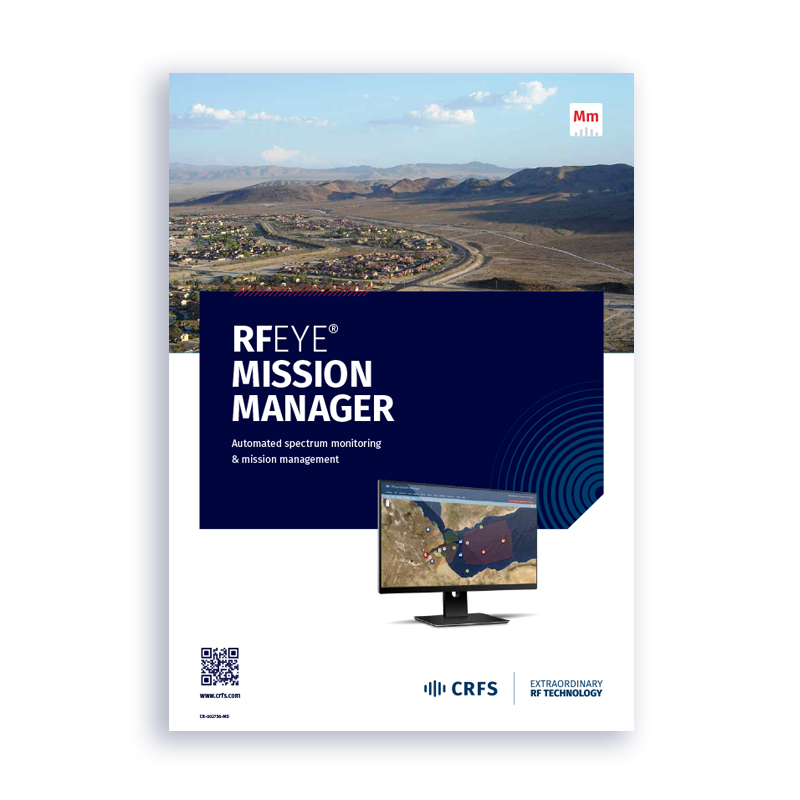
The changing role of MNO spectrum teams
All mobile operators have groups concerned with obtaining and administering spectrum licenses—the lifeblood of their cellular networks and entire business model. But today, most spectrum teams are very much seen as a cost-centre or central-office function, perhaps as part of the regulatory unit.
Their roles involve a combination of working with radio-planning teams and engineers, involvement with R&D projects and standards for next-generation systems, developing strategies for future auctions or other assignment methods, lobbying governments for favourable spectrum policies, and so on.
A few operators are also active in leasing spectrum to third parties—typically for mining or oil and gas companies in remote places they would not normally cover.
But there are early signs that certain operators are starting to see spectrum as having more of a commercial function. They are either acting for their internal B2B units, selling private networks to enterprises, or considering leasing or sub-licensing spectrum as a more mainstream proposition, which perhaps could eventually be automated.
As we move to a world where spectrum is increasingly shared, and where purchase, sale, and leasing transactions become more common, there will be a need for more sophisticated inventory management and asset performance tracking. Operators will need better details of when and where their spectrum is being used and will need to safeguard it from other parties causing interference. Enhanced sensing and monitoring of spectrum may form a critical part of that landscape.
Operators are looking for differentiation for private networks
Many operators have been surprised by the shape of demand for dedicated private networks for business (or “vertical”) use, especially in markets where regulators have opened up bands for localised or dynamic licensing.
Initially, the common assumption was that enterprises would use 5G connectivity delivered from the main MNO macro networks, perhaps via the mechanism of network slicing. But the combination of patchy coverage (especially indoors or at industrial sites) and delayed availability of promised 5G capabilities via standalone cloud-native cores, has led many enterprises to re-evaluate. They have started to desire dedicated 4G/5G networks that are customised to their specific locations and application requirements.
This has catalysed the emergence of a wide range of specialist integrators and managed service providers targeting the private LTE and private 5G opportunities. In many cases, these organisations have a deep understanding of specific vertical markets, such as mining or energy, or are able to integrate cellular technologies into industrial automation systems.
As a result, traditional operators have been excluded from many deployments, and when requested to bid for a role, they have often struggled to find points of differentiation. Even where they have enterprise business units, in-house systems integration teams, and “boots on the ground,” they rarely have industry-specific experience across multiple sectors or a suitable portfolio of customisable solutions.
However, some MNOs are realising that they have one advantage: an inventory of existing spectrum licenses, many of which are unused in certain places. Typically, they build out networks starting from those with the highest population or consumer density, such as major urban areas or along key trunk roads.
This means that operators often have much more available spectrum in locations such as industrial zones, agricultural areas and semi-urban districts often used for warehouses, business parks, and light manufacturing. Importantly, this is also in mainstream frequency bands, with much better device availability than some of the slightly unusual allocations available for private or local networks.
This has potential significant appeal for enterprise customers—they could deploy dedicated networks, but in frequencies that do not require separate licensing agreements and costs. Meanwhile, the MNOs have the potential to monetise both underutilised spectrum assets and their newly-evolving Network-as-a-Service (NaaS) platforms,
New sharing and leasing models
A related development is occurring in spectrum management more broadly. Regulators are looking at new models for licensing, assignment, and efficient use of frequencies. In some markets, the authorities are starting to adopt “use-it-or-lose it”, or “lose-it-or-lease-it” models.
In the UK, for instance, Ofcom’s Shared Access Licenses allow the “secondary re-use” of MNO frequencies in locations where they remain undeployed, subject to an application and approvals process. In some cases, this may involve commercial arrangements between the main licensee (the MNO) and an enterprise or specialised local provider, especially if they want guarantees of a longer term of use than the basic regulator process allows.
There are early signs that the broader “secondary marketplace” for spectrum will grow in coming years, albeit on a country-by-country basis depending on local regulations and industry structure. We could see a more concerted effort by operators to derive value from their spectrum assets, by offering leases in places where it makes both tactical and strategic sense. Potentially, this could become a significant revenue opportunity, especially if more automation replaces existing manual processes and one-off licensing mechanisms.
Again, awareness of actual spectrum usage is an important input here. Coupled with planning and design tools—and maybe “digital twins” in the future—MNOs will need to have a reliable source of what inventory they currently hold and what could be released via the various secondary mechanisms. There will also be a need to ensure that lessors, or sub-licensees, use any such frequencies in accordance with their agreements, especially as the host MNO may still be subject to regulatory constraints irrespective of “retail” arrangements.
Conclusion and the role of sensing
What all this suggests is that in a world of mobile spectrum-sharing, private networks, wider-scale leasing, and secondary marketplaces for spectrum rights, MNOs should start to treat their spectrum assets more as “inventory.”
In essence, it helps turn their spectrum team from an administrative / regulatory function into something more like a business unit or revenue centre, perhaps even aligned with their other wholesale operations.
They will need to map or catalogue frequencies that can be used for their main public network, for their own B2B clients’ dedicated local private 5G use, or provided to third parties. But as part of this, they need to know what spectrum is actually used and where, with more fine-grained detail and regular reporting. They may also want to know how other companies’ spectrum is being used, for instance, for competitive analysis purposes.
This will likely involve sensing systems as well as other tools such as design, reporting, and compliance management. Ultimately, spectrum is a resource for operators’ business needs, and mechanisms for measuring, monitoring, and analysis will need to become more industrialised and automated, if they are to maximise utilisation and economic value.

Brochure
RFeye Mission Manager
Schedule & automate spectrum monitoring in multi-user environments
Dean Bubley
Dean Bubley, founder of Disruptive Analysis, writes guest posts for CRFS. He is an independent analyst and advisor to the wireless and telecoms industry and has covered the evolution of private cellular networks since 2001.
